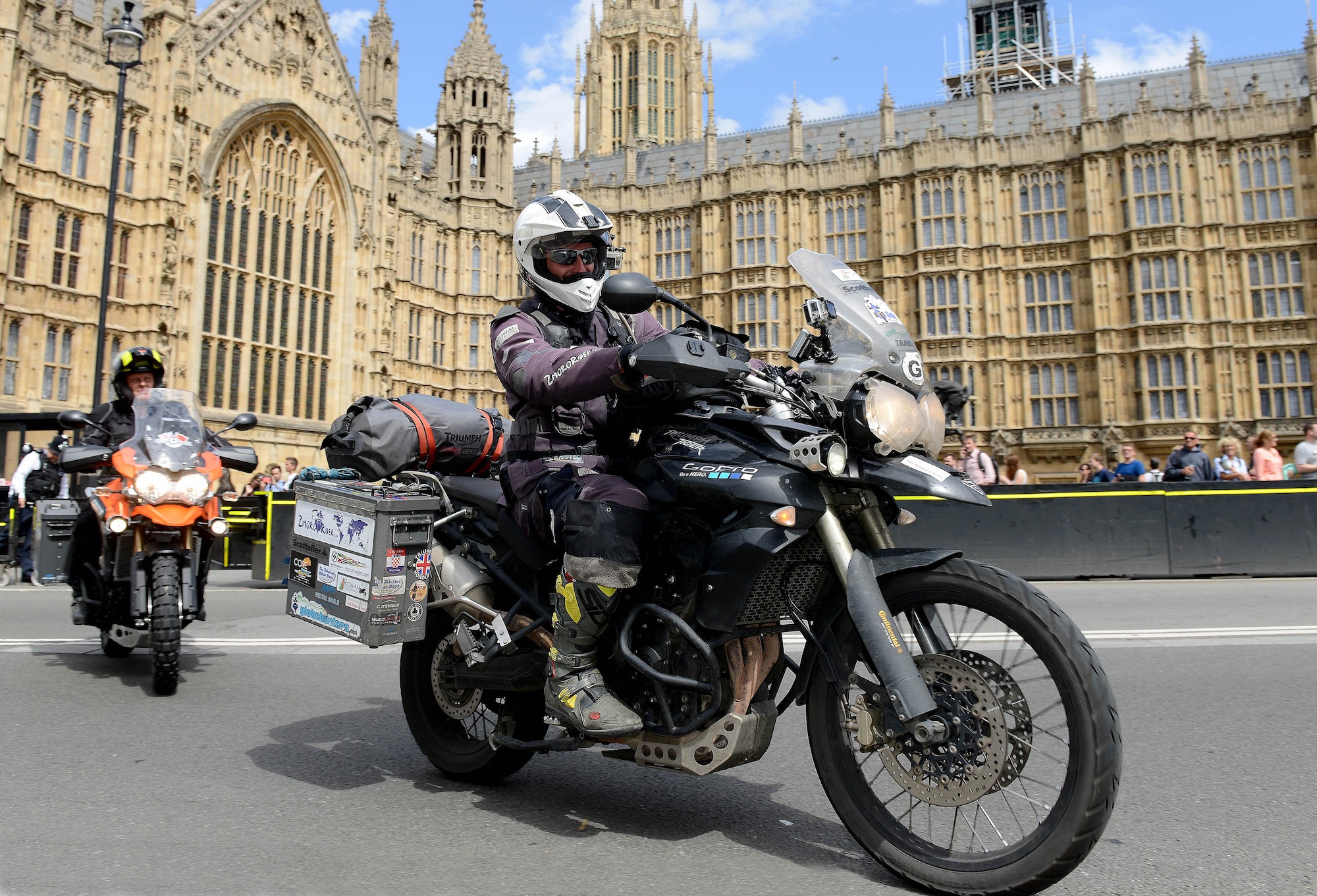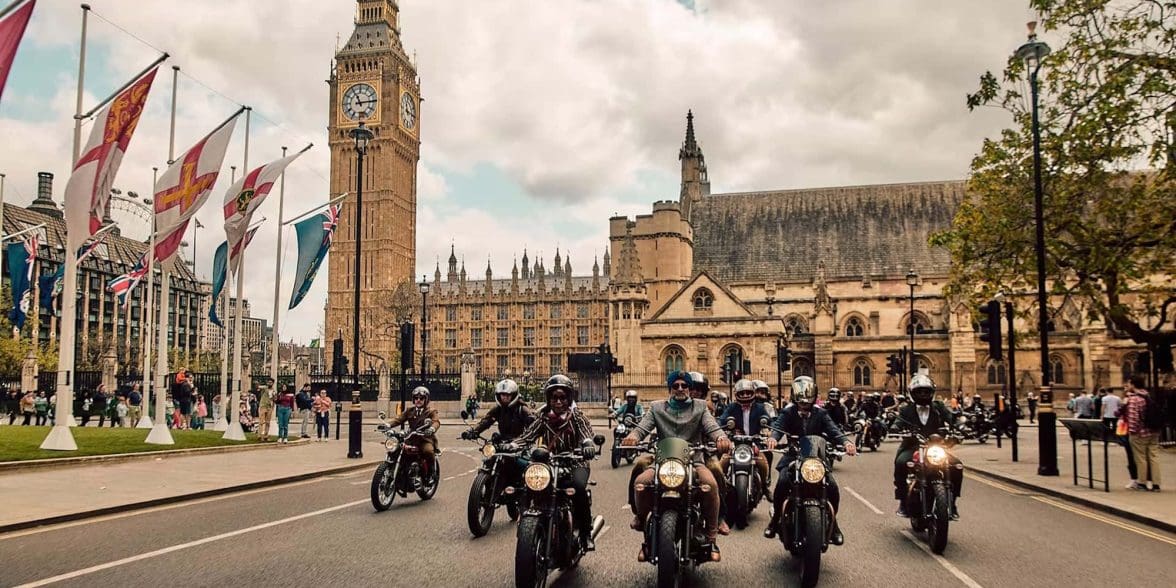The Motorcycle Industry Association (MCIA) has just taken its opinions on motorcycle safety and shoved them to the forefront of the National Road Safety Conference (NRSC)’s topic lineup.
The argument?
That L-category vehicles (2/3/4-wheeled vehicles such as motorcycles, mopeds, quads, and minicars) are being “disregarded” due to the outdated safety track record that the UK Government holds as accurate.
It’s not, by the way, accurate – at least, that’s what MCIA CEO Tony Campbell argues.

According to an article published by the MCIA on November 16th, Campbell believes that our industry and the UK Government should be working closer together in the publishing of safety stats, laws, and requirements:
– Tony Campbell, CEO, MCIA |
Naturally, Campbell wouldn’t have brought up such a dynamic topic without proof to back his point up; we saw as much when the MCIA pled to have Europe’s 2035 ban on ICE bike sales extended.
In this case, Campbell’s evidence is two-fold:
Fact #1: Current safety stats show that “powered two-wheelers (PTWs)” make up 1% of traffic… and 20% of traffic fatalities.
These numbers are already quite familiar to us, and Campbell – bless him – urges all parties to reject these numbers as acceptable normality.
Fact #2: The MCIA’s Elite Rider Programme shows a miserable 86% failure rate for fully-licensed riders.
One of the key initiatives Campbell mentions is his organization’s one-year-old Elite Rider Programme, a system designed to spruce up the average riding level on the country’s streets.
MCIA’s findings weren’t pretty; of the multitudes of fully licensed riders that started, only 14% actually finished the thing.
Let’s rephrase that for clarity: 86% of the fully licensed UK riders who took MCIA’s Elite Rider Programme didn’t pass the Programme.
Both points prove Campbell’s point: The UK needs safe riders for stronger safety ratings, and right now, London’s riders aren’t, on average, safe.



Do you think the UK Government can help increase rider safety? How should funds be allocated?



